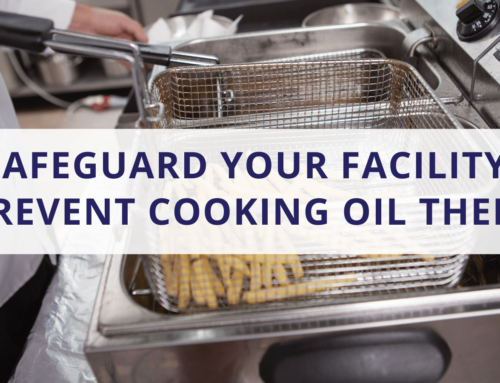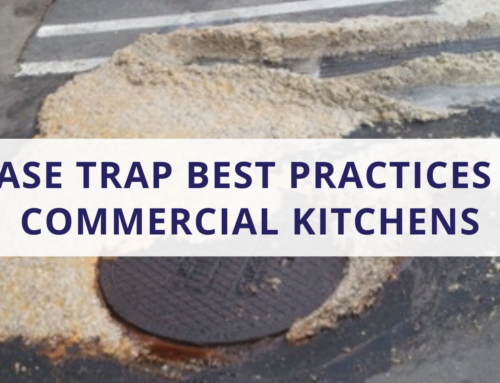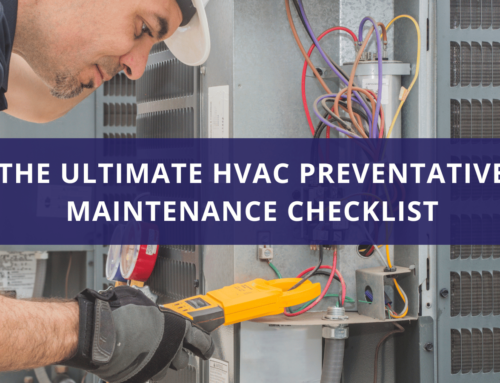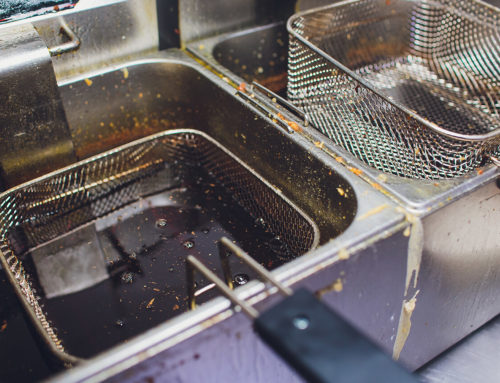Your grease interceptor plays a critical role in your facility’s function which means it needs TLC regularly or a strong preventative maintenance plan. By not properly servicing it you are opening your facility to health code violations, unsanitary conditions and emergency services. Each cuts into your bottom line, and causes unnecessary headaches.
While there are many causes of your grease interceptor backing up, there are 4 common causes. Below you will find what each one is and the cause.
Crossover Clog
Grease interceptors work by guiding fats, oils and grease, or FOG, through two compartments. FOG, and food waste separate from the water in the first chamber. Then the water is pumped into the sewer from the second chamber. A crossover T-pipe connect the two chambers. A clog in the T-pipe will cause the liquid level in the first chamber to become elevated as the waste will not flow properly through to the second compartment.
Incoming Line Clog
This type of clog will stop your entire system from functioning. Excessive buildup of fat, oils, grease, and debris cause the incoming line to clog. The blockage in the line cause the location’s lowest plumbing fixture to backed up such as a floor drain.
Outgoing line Clog
A clog in the outgoing line is the easiest to identify. It, also, can cause quite the mess in your parking lot due to it causing both chambers to overflow leading to greasy water spewing out of the manhole cover. The root cause could be either a blockage in the outgoing line, or the city main. However, if you’re not properly disposing your wastewater on cycle the clog may be your fault.
Full Grease Trap
When FOG from the main compartment is not pumped regularly your grease trap becomes full. Once it is full the waste from the first chamber will spill over to the second chamber and begin wreaking havoc by causing clogs in the crossover, incoming and outgoing lines.
A strong preventative maintenance plan will ward off these common issues from happening. However, even the best preventative maintenance plan will fail if you do not have a knowledgeable technician or stick to your schedule. Remember, the cost of the preventative maintenance is significantly less than the cost of emergency services.
By partnering with a reliable company they will assist you in building and implementing a plan for your facilities. Find out how SLM Facility Solutions helps our clients by filling out our free facilities assessment today.






